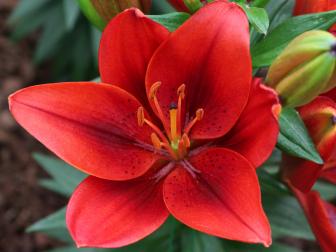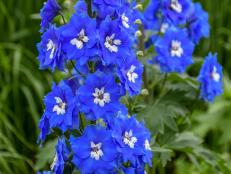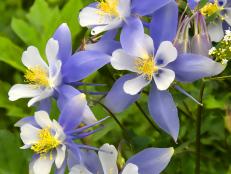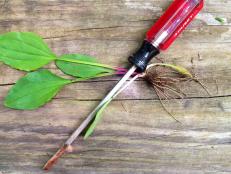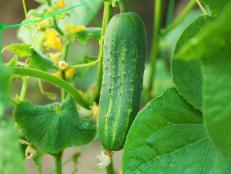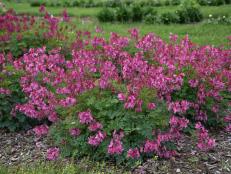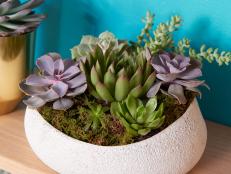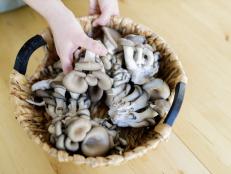How to Grow Stargazer Lilies
The easy-to-grow Stargazer lily has fragrant, bold blooms and is undoubtedly the most popular lily to grow.
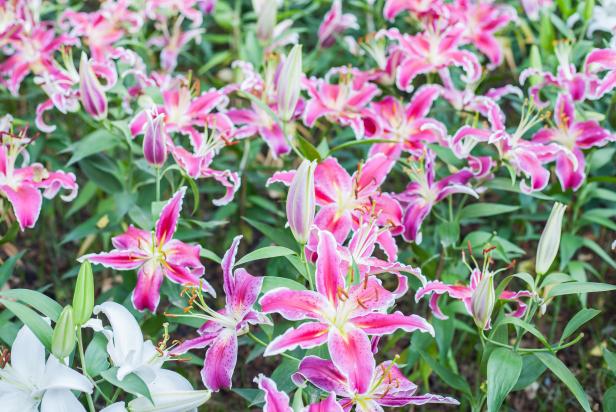
Shutterstock/Shutter B. Photo
Stargazer lily was a game changer when it was introduced to the garden industry in the mid-1970s. This hybrid lily gained its name and fame from its cheerful blooms that face the sky. This was a significant improvement over previous oriental lilies with their downward facing blooms that left a somber impression of wilting. With its striking colors and a sweet fragrance, it's clear why Stargazer is now one of the most popular oriental lilies.
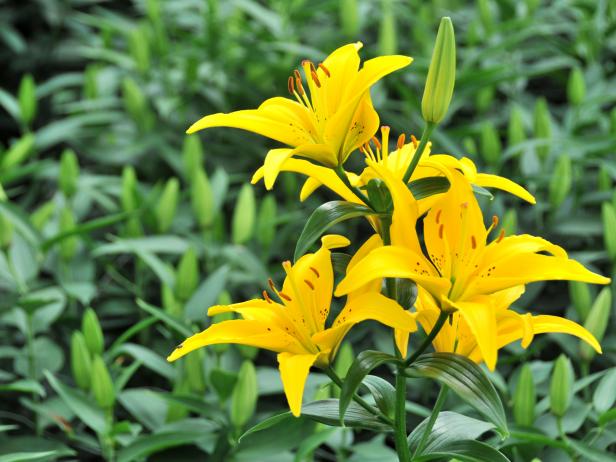
Courtesy Stargazer Barn
Lilies light up the summer garden with their blooms. Like this 'Yellow Diamond' variety, most flower for several weeks. Later, the bulbs need a little TLC to build up energy for next year's show. Luckily, their after-care is surprisingly easy, says Tim Crockenberg, head grower for Stargazer Barn, a source for fresh-cut flowers, wines, confections and other products.
Types of Stargazer Lily
Stargazer lilies now come in three different colors. All three are similar in size and fragrance and share the upright flowering habit. ‘Stargazer’ is the original, the most colorful and the most readily available of the three. Its flower petals are white at the margins, intensifying to deep pink toward the center, with red freckles near the throat of the flower. The ‘Golden Stargazer’ lily is medium to deep golden yellow with reddish freckles and the ‘White Stargazer’ lily is pure white.
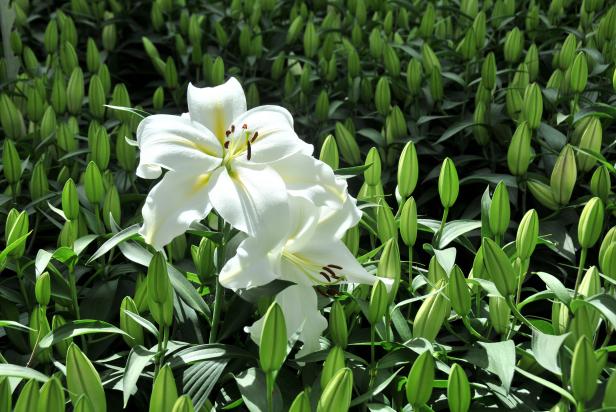
Courtesy Stargazer Barn
Stargazer Lily (Lilium oriental ‘Stargazer’, ‘Golden Stargazer’ and ‘White Stargazer’)
- Zones: 3 to 9
- Height: 30" to 36"
- Spread: 8" to 12"
- Bloom Time: Mid to late summer
- Bloom Description: Fragrant; six large, overlapping, slightly recurved petals; large bowl-shaped flowers have an upward-facing posture
- Sun: Full sun to partial shade
- Water: Medium
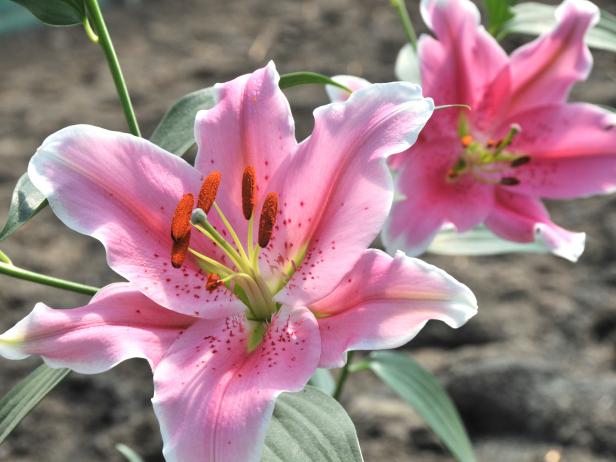
Courtesy Stargazer Barn
How to Use Stargazer Lily
Stargazer lilies are easy to grow perennials that work well in hot, dry areas where needy plants may struggle. They fit easily into both formal and cottage garden designs. Use them as tall accents in middle or rear layers of perennial borders. To extend the bloom season for your garden, interplant them with peonies, dahlias and gladiolus; or mix them with anise hyssop, tall phlox and black-eyed Susan for a summertime show-stopper. In addition to the pop of color in your garden, they make beautiful cut flowers.
A Collection of Beautiful Lilies
46 Lovely Asiatic Lilies 46 Photos
Survey the gorgeous varieties of these colorful exotics.
How to Grow Stargazer Lily
The proper planting time is spring or fall. In a sunny garden bed with well-drained soil, plant clusters of three or five bulbs 4 to 6 inches deep, spaced 6" to 8" apart. Plant the root side of the bulb down, pointy side up. Allow at least 12" to 14" between clusters. When the plants emerge from the soil in spring, feed with 10-10-10 fertilizer. Water deeply if the soil becomes dry. After bloom time, wait for the stems to turn yellow before cutting the plants to the ground for winter.
Caring for Your Lilies
After-Care for Lilies 13 Photos
After your lilies flower, tuck them in for the winter with tips from the experts at Stargazer Barn.
Propagating Stargazer Lily
Stargazer lilies are bulb plants. To propagate them, dig up the bulb after it has gone dormant in fall. Gently separate the small bulbs, or scales, from the main bulb. Plant the separated scales in clusters of three or five, at a depth of 4" to 6". Be sure to plant the root side down with the pointy end of the bulb up.
How to Care for Stargazer Lily
Stargazer lilies have a few pests. Aphids and lily leaf beetles are two insects that can cause unsightly damage. Aphids are small soft-bodied insects, usually found on the bottom sides of leaves and along the stems, that damage the plant while feeding on sap. Lily leaf beetles are reddish in color, and are reminiscent of an elongated ladybug, but without spots. They consume leaves, stems and buds of lily plants. Both are controllable by picking them off the plant by hand or using a contact insecticide in the case of an infestation.
Excessive moisture and high humidity can cause botrytis, a fungus that attacks the foliage and stems, first recognized by white spots on the leaves. Poor soil drainage and warm temperatures can lead to basal rot, a type of root rot that causes streaking and premature yellowing of the plant. Prevent these diseases by planting in well-drained soil and providing plenty of air space between plants.







